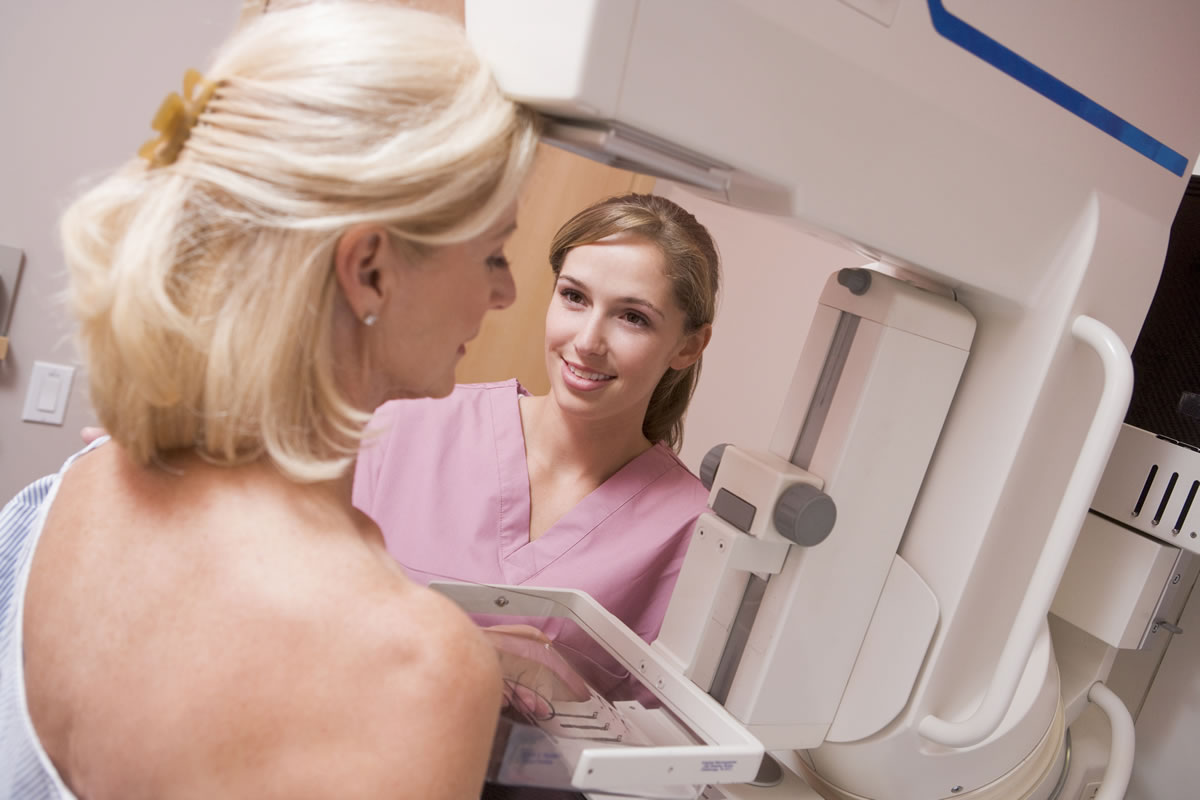Women going in for mammograms may encounter new technology: 3-D.
Also called breast tomosynthesis, the technology was approved by the Food and Drug Administration in 2011. As more hospitals purchase new equipment, it’s gradually being used with more patients.
Jim Culley, a spokesman for Boston-based Hologic, which sells the 3-D mammography units, said his company has shipped a record number in the last quarter, although he declined to release numbers. The company now has about 1,800 machines in place across the United States.
In a Sept. 15 report from KLAS, a health care research firm, 65 percent of 88 hospitals and imaging centers surveyed planned to invest in the technology within two years.
Knowing the basics might save you some questions in the doctor’s office.
First, 3-D mammograms happen at the same time as a 2-D mammogram, said Sarah Friedewald, medical director of the Lynn Sage Comprehensive Breast Cancer Center in Chicago. It requires a new machine, but both scans are taken. The 3-D moves in an arc, Friedewald said, whereas the 2D is stationary.



